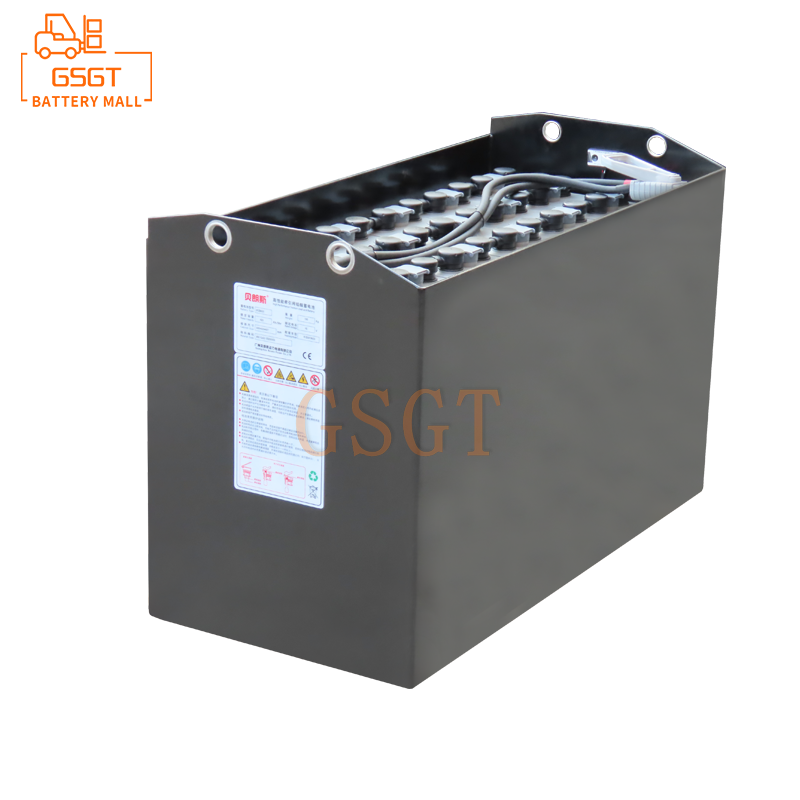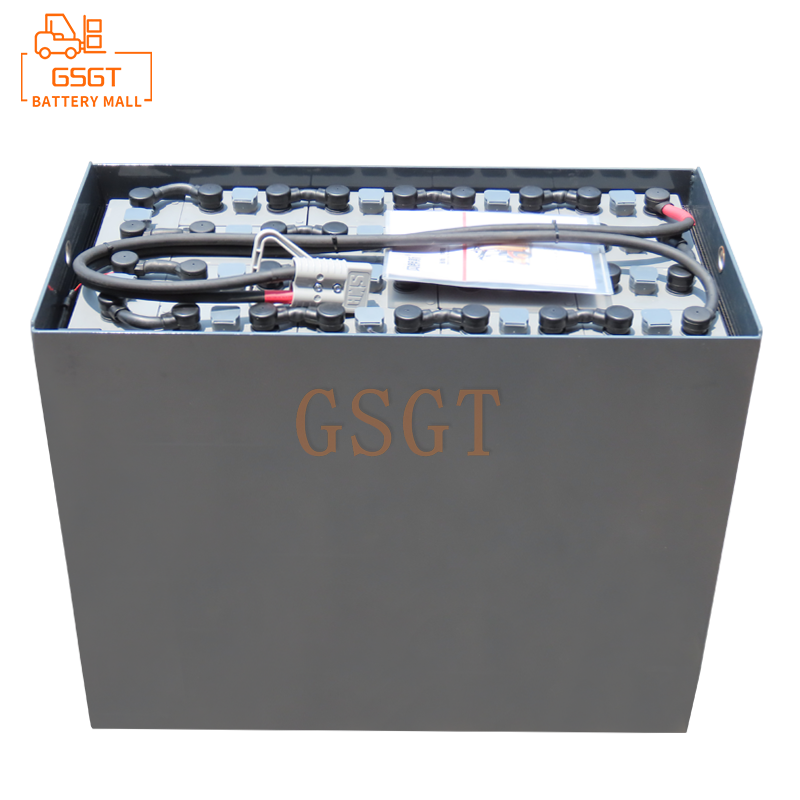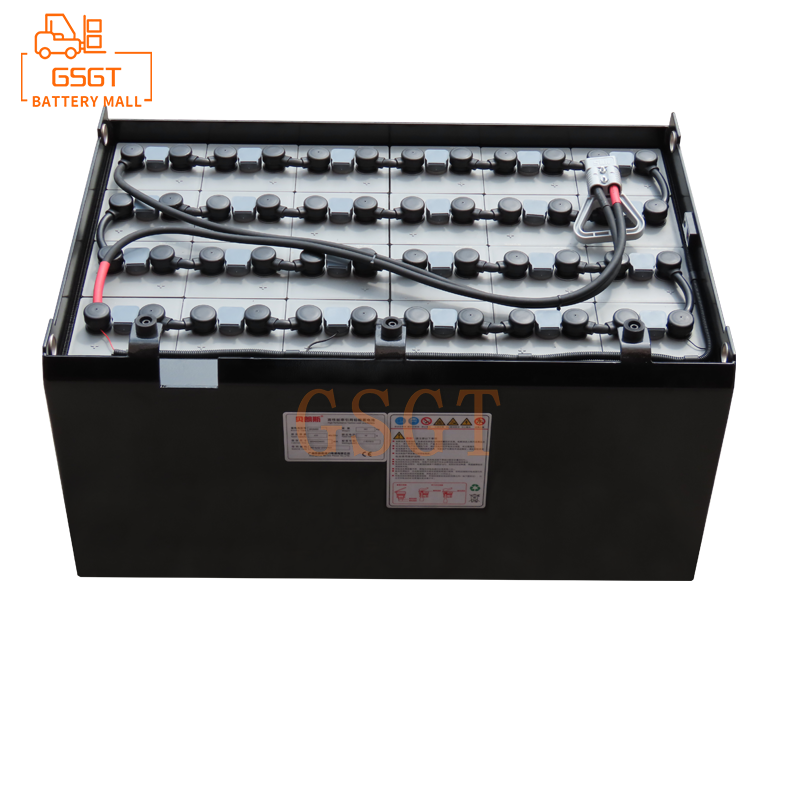Time:2025-04-10 09:49:14
Browse:593
In the wave of global green transformation and energy change, the guiding role of policy on industrial development is increasingly critical. The lead-acid battery industry, as a traditional and deep-rooted industrial field, is under the strong east wind of favorable policies, facing a new development opportunity, and its development trend is also undergoing profound changes.
Policy favorable intensive release, build a new cornerstone of development
In recent years, favorable policies around the lead-acid battery industry have continued to be introduced, from industrial planning to environmental norms, from market promotion to technical support, and a relatively complete policy system has been formed. At the level of industrial planning, the state will include the lead-acid battery industry in the category of supporting support for strategic emerging industries, encourage enterprises to expand advanced production capacity, and promote the steady expansion of the industrial scale. For example, some regions have set up special industrial funds to provide financial subsidies to lead-acid battery enterprises that meet the direction of industrial development and carry out technological upgrading, helping enterprises to purchase advanced production equipment, optimize production processes, and improve overall production efficiency and product quality.
Although the environmental protection policy has put forward strict requirements for the lead-acid battery industry, it has also become an important driving force to promote the transformation and upgrading of the industry. Under the increasingly strict environmental supervision, enterprises are forced to increase investment in pollution prevention and resource recycling. A series of policies mandate that enterprises adopt advanced cleaner production processes to reduce lead pollution emissions in the production process; At the same time, enterprises are encouraged to establish a sound waste lead-acid battery recycling system to improve the recovery and utilization rate of lead resources. This not only reduces the negative impact of the industry on the environment, but also encourages enterprises to tap the economic value of lead resource recycling, extends the industrial chain, and enhances the sustainable development capacity of the industry.
Marketing policies are also actively expanding the application space for lead-acid batteries. Taking the field of electric bicycles as an example, considering that lead-acid batteries account for nearly 80% of the high proportion of electric bicycle batteries, and have the advantages of high safety and low cost, relevant departments have introduced policies to encourage consumers to replace old lithium battery electric bicycles with lead-acid battery electric bicycles, and give appropriate subsidies. This initiative has directly driven the market demand for lead-acid batteries in the field of civil travel, and has brought new sales growth points to the industry.
Technological innovation is surging, driving new engines of development
In the process of promoting the development of the lead-acid battery industry, the policy has a particularly significant incentive effect on technological innovation. In order to meet the development requirements of environmental protection, efficiency and long life proposed by the policy, enterprises have increased research and development investment, and a wave of technological innovation has flourished in the industry.
In terms of increasing energy density, researchers have made a series of breakthroughs by optimizing the design of plate materials, electrolyte formulations, and battery structures. The development of new plate materials, such as the use of nanoscale lead powder to manufacture plates, can increase the specific surface area of the active substance of the plate, thereby storing more electricity per unit volume, and effectively improving the energy density of lead-acid batteries. At the same time, the electrolyte was improved, its chemical composition and additives were adjusted, the ionic conductivity of the electrolyte was improved, and the charging and discharging efficiency of the battery was further improved. In the battery structure design, the use of thin plates, tight assembly and other new structures, reduce the battery internal space occupation, improve space utilization, but also contribute to the improvement of energy density.
Extending battery life has always been the focus of lead-acid battery technology research and development. Under the guidance of the policy, the company focuses on solving the problems of plate vulcanization and water loss in the battery charging and discharging process. Through the development of a new battery management system, the charge and discharge process of the battery can be accurately controlled, avoiding overcharge and overdischarge phenomenon, and effectively slowing down the plate vulcanization process. At the same time, the use of sealed maintenance-free technology, reduce the battery water loss, extend the battery life. Some companies have also developed lead-acid batteries with self-healing functions, which can be automatically repaired when the battery fails, such as slight plate vulcanization, further improving the reliability and service life of the battery.
In addition, in terms of green production technology, policy requirements encourage enterprises to actively explore more environmentally friendly production processes. For example, the use of lead-free welding technology to replace the traditional lead welding process, reducing lead pollution emissions in the production process; The development of water-based electrolyte instead of traditional acid electrolyte reduces the risk of environmental pollution caused by electrolyte leakage. The application of these green production technologies not only meets the requirements of environmental protection policies, but also enhances the social image and market competitiveness of enterprises.
The industrial structure is deeply reshaped and new space for development is expanded
Under the east wind of the policy, the industrial pattern of the lead-acid battery industry is undergoing a deep reshaping. On the one hand, leading enterprises rely on capital, technology and brand advantages, and accelerate expansion with policy support. They actively respond to the policy call, increase investment in research and development innovation, capacity improvement and market expansion, and further consolidate their market position. Through industry-university-research cooperation with universities and scientific research institutions, leading enterprises can quickly transform cutting-edge scientific research achievements into actual productivity and launch more competitive products. At the same time, with the industrial support funds provided by the policy, they continue to expand advanced production capacity, improve market share, and form a Matthew effect in the industry.
On the other hand, some small and medium-sized enterprises with backward technology and substandard environmental protection are facing great pressure to survive. Under the strict policy supervision, if these enterprises cannot invest enough funds for technological transformation and environmental protection facilities upgrading, it will be difficult to meet the policy requirements, and eventually forced to withdraw from the market. In the process of industry reshuffle, advantageous resources continue to concentrate to the leading enterprises, and the degree of industrial concentration gradually increases. This trend helps to optimize the allocation of industry resources and improve the production efficiency and economic benefits of the entire industry.
In terms of industrial layout, the policy guides the lead-acid battery industry to gather in regions with rich resources, perfect supporting facilities and strong environmental protection carrying capacity. For example, some regions with rich lead mineral resources and perfect chemical industry supporting, attracting a large number of lead-acid battery enterprises to settle in, forming a complete industrial chain cluster. This industrial agglomeration mode not only reduces the raw material procurement cost and transportation cost of enterprises, but also promotes the technical exchange and collaborative innovation among enterprises, and enhances the overall competitiveness of regional industries. At the same time, the policy encourages enterprises to lay out production bases in areas with superior energy and resources, such as the central and western regions, to drive local economic development and promote the coordinated development of industrial regions.
Market applications continue to expand, opening up a new path of development
With the recognition of the performance and safety of lead-acid batteries by the policy, its market application has been further expanded. In addition to the traditional car start, electric bicycle power and other fields to continue to maintain a dominant position, lead-acid batteries in the field of energy storage applications are gradually emerging. In distributed energy generation systems, such as solar and wind power stations, lead-acid batteries can be used as energy storage devices to store unstable electric energy, release electric energy during peak consumption or insufficient energy supply, and play a role in stabilizing power output and regulating the balance of power supply and demand. The policy's strong support for distributed energy and energy storage industry has provided a broad space for the application of lead-acid batteries in this field.
In the field of communication base stations, lead-acid batteries also play an important role. Communication base stations need a reliable backup power supply to ensure the normal operation of communication equipment in the event of a mains interruption. Lead-acid batteries have become the first choice for backup power supply of communication base stations because of their low cost, easy maintenance and high safety. With the acceleration of the construction of 5G communication networks, the demand for backup power supplies for a large number of new communication base stations continues to grow, bringing new market opportunities for the lead-acid battery industry. The policy's strong investment in the construction of communication infrastructure has further promoted the popularization of lead-acid batteries in this field.
In addition, in some low-speed electric vehicles, golf carts, sightseeing vehicles and other specific areas, lead-acid batteries with their cost-effective advantages, still occupy a dominant position. The standardized development and market promotion of policies in these areas has also indirectly led to the growth of market demand for lead-acid batteries.
Under the strong wind of the policy, the lead-acid battery industry is taking great strides in the direction of innovation, green and efficient. Through the synergistic effect of policy guidance and market mechanism, the lead-acid battery industry is expected to make greater breakthroughs in technological innovation, industrial upgrading and market expansion, achieve sustainable and high-quality development, and show new vitality and competitiveness on the big stage of global energy change.

$1105

$2450

$2140

$2180

MESSAGE
Professional And Efficient
Security
Affordable Price
Professional Services